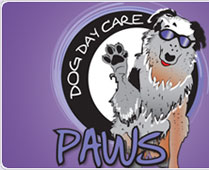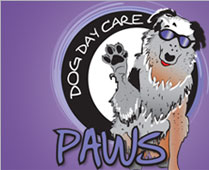Economy of Motion Design Examples

Simple design for small grooming room
The above design is intended to put in simplest terms the concept of “motion economy”. If we look at the overall layout (although not complicated) we can see that the groomer has access to all the tools and equipment necessary to complete his/her job from one location. The typical work flow would be that the groomer would remove a dog from one of the two cage banks and move it to the table. This can be accomplished by simply turning around after removing the dog from the cage and placing it on the table. At this point the groomer would perform the necessary prep work (nails, ears, dematting, etc.). Once this is complete the groomer can simply scoop the dog and move it laterally into the tub for a bath without having to bend over and lift. After which the same can be accomplished in reverse to place the dog back on the table for hand drying or in the cages for automatic drying. Note this design is really a one groomer set-up.

Larger Grooming Room Design
The same principles of “motion economy” will hold true in larger more scalable grooming rooms/salons that may employ 5 or more people. If we look at the design above we can see the grooming tables are separated from the caging and drying area; a useful feature to help reduce noise and stress on the groomers whilst also provide adequate working space for different employees with different jobs within the grooming room. In a design such as this which could operate as a standalone salon, the cages, prep and drying area are located so as to provide motion economy for the bathers. While the grooming tables and tool tables are located so as to allow the groomers to operate effectively with the least amount of wasted motion. The tubs are a wash so to speak, in that with a design such as this it would be more effective in terms of motion economy to have the tubs on the other side of the wall for the bathers, but that would create at least two negatives. The first being that customers would no longer have the ability to see their dogs being bathed (an important factor when trying to operate a transparent business that allows customers to feel comfortable leaving their dogs with you). The second being that the cages would have to be moved to a point where they would be visible to customers; not a horrible thing, but a thing to be avoided if at all possible.
The idea is to present a clean, happy grooming saloon for customers not one where dogs are sitting seemingly unattended in cages. Other problems being that customers even if separated from their dogs by a door, or glass will, if they can see their dog in a cage, try to interact with it by pointing, waving, calling its name etc. This will likely entice it to bark and/or whine which creates additional stress on the grooming room employees. If the customer can hear their dog barking or whining because they are attempting to call it or interact with it they will then imagine that their dog is sad and uncomfortable because he or she is whining and barking; totally oblivious to the fact that they are asking the dog to do this. Lastly, if the dog were at your salon for three hours and two hours and forty five minutes of that were actually spent working on the dog etc. the cutomer will assume, having seen the cages that their dog was instead caged and lonely the entire time. Remember customers don’t understand dog grooming, have absolutely no idea how much work is involved to properly groom a dog and ignorantly expect or think that grooming a dog should take minutes not hours.




